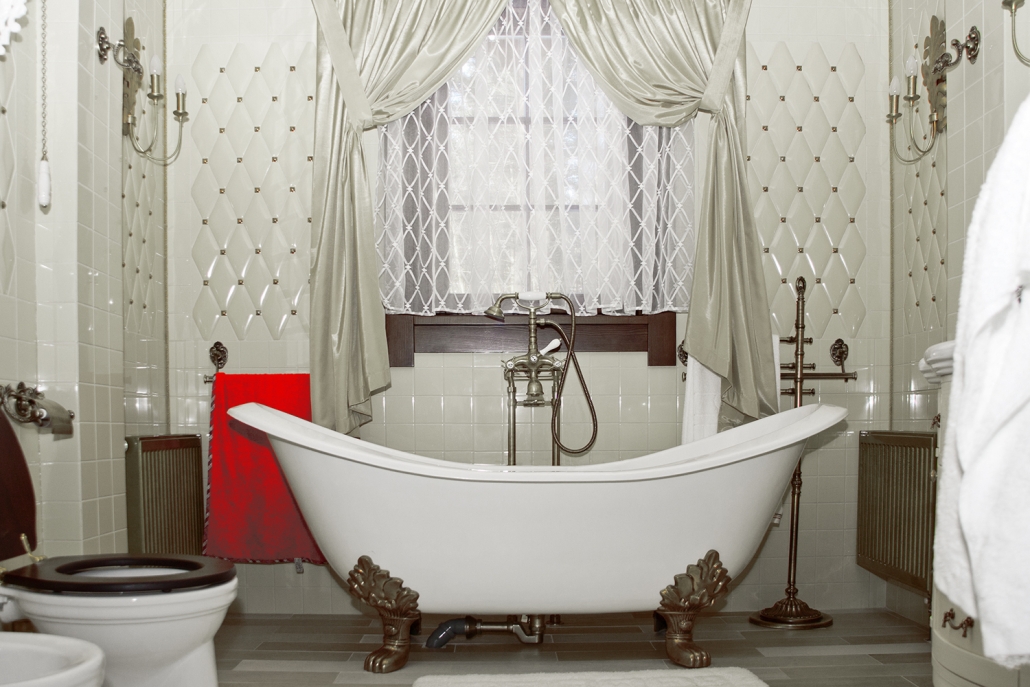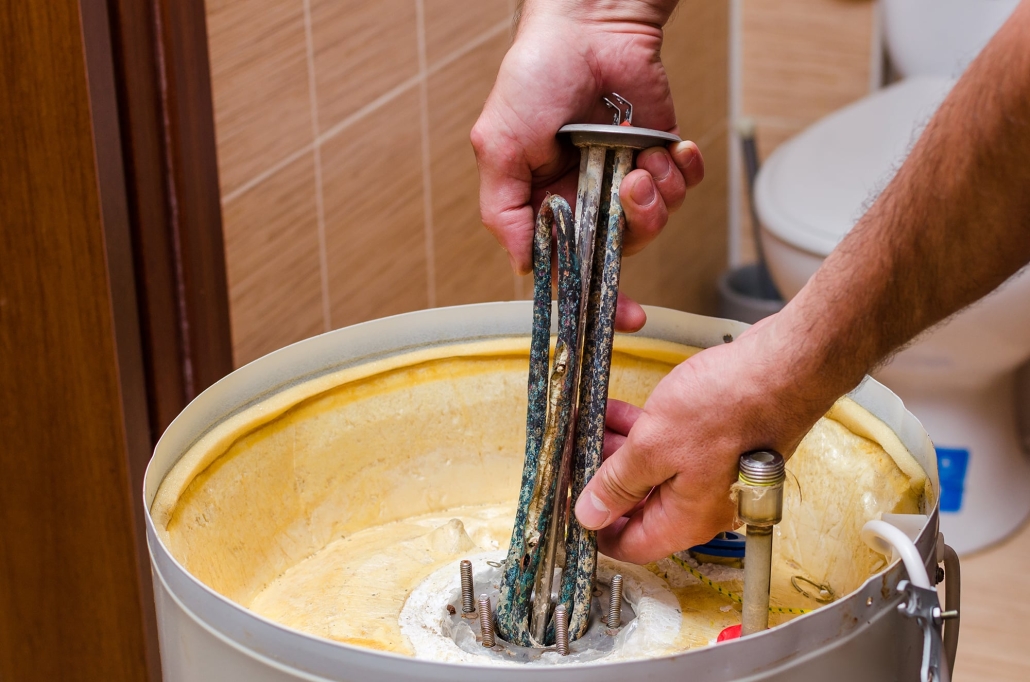Tankless Water Heaters in Older Homes
Tankless Water Heaters in Older Homes — Excellent Tankless water heaters, also known as on-demand water heaters, can be an energy-efficient upgrade for a home. However, installing a tankless water heater in an older home can present some unique challenges. Older homes may have smaller diameter water supply lines that cannot accommodate the higher flow rates of tankless heaters. They may also have electrical systems that cannot handle the power needs of the heater. However, with some planning and problem-solving, installing a tankless water heater in an older home is often possible.
Installing a tankless water heater in an older home can be tricky. However, not only do you need to make sure that the existing plumbing and electrical systems are up to code, but you also have to consider the age of the house itself. Older homes typically have smaller diameter water supply lines, which may need help to handle the higher flow rates of modern tankless heaters. In addition, electric tankless heaters require more power than most older electrical systems can provide. However, with proper planning and problem-solving, installing a new modern tankless water heater in an older home is still possible.
You can upgrade to an efficient tankless water heater even in an older home with some adjustments and the right tankless model choice. Doing your homework upfront will help ensure you choose the best option for your home's needs and can address any challenges during installation. Installing a new modern tankless water heater in an older home can significantly upgrade energy efficiency and save money on utility bills. However, it's essential to consider the age of the house and its existing plumbing and electrical systems before making any decisions. Older homes typically have smaller diameter water supply lines, which may need help to handle the higher flow rates of modern tankless heaters. In addition, electric tankless heaters require more power than most older electrical systems can provide. However, with some adjustments and careful planning, you can still install a new modern tankless water heater in an older home.

Here are some steps to take when working with Tankless Water Heaters in older homes:
- Check the size of your home's water supply lines and electrical system. Tankless water heaters typically require a minimum of 3/4-inch water supply lines and a 200-amp electrical service. If your lines or service panel do not meet these requirements, you must upgrade before installing the tankless heater.
- Consider a lower flow model. If upgrading your plumbing or electrical system is not feasible, choose a tankless model with a lower flow rate requirement. These typically produce hot water more slowly but can function with smaller supply lines and less power.
- Install a circulation pump. If you have long plumbing runs with many fixtures, a circulation pump can help ensure hot water is delivered quickly to all outlets. The pump keeps water moving, so it produces hot water.
- Add insulation and heat traps. Insulating your water supply lines and installing heat traps or hot water recirculation valves on fixtures can also help improve the performance of a tankless water heater in an older home. Reducing heat loss means the water heater does not have to work as hard to keep water hot.
Considering these steps when upgrading to a modern tankless water heater in an older home, you'll surely increase energy efficiency while saving money on utility bills.
For additional questions regarding tankless water heaters, contact us at www.poolesplumbing.com






